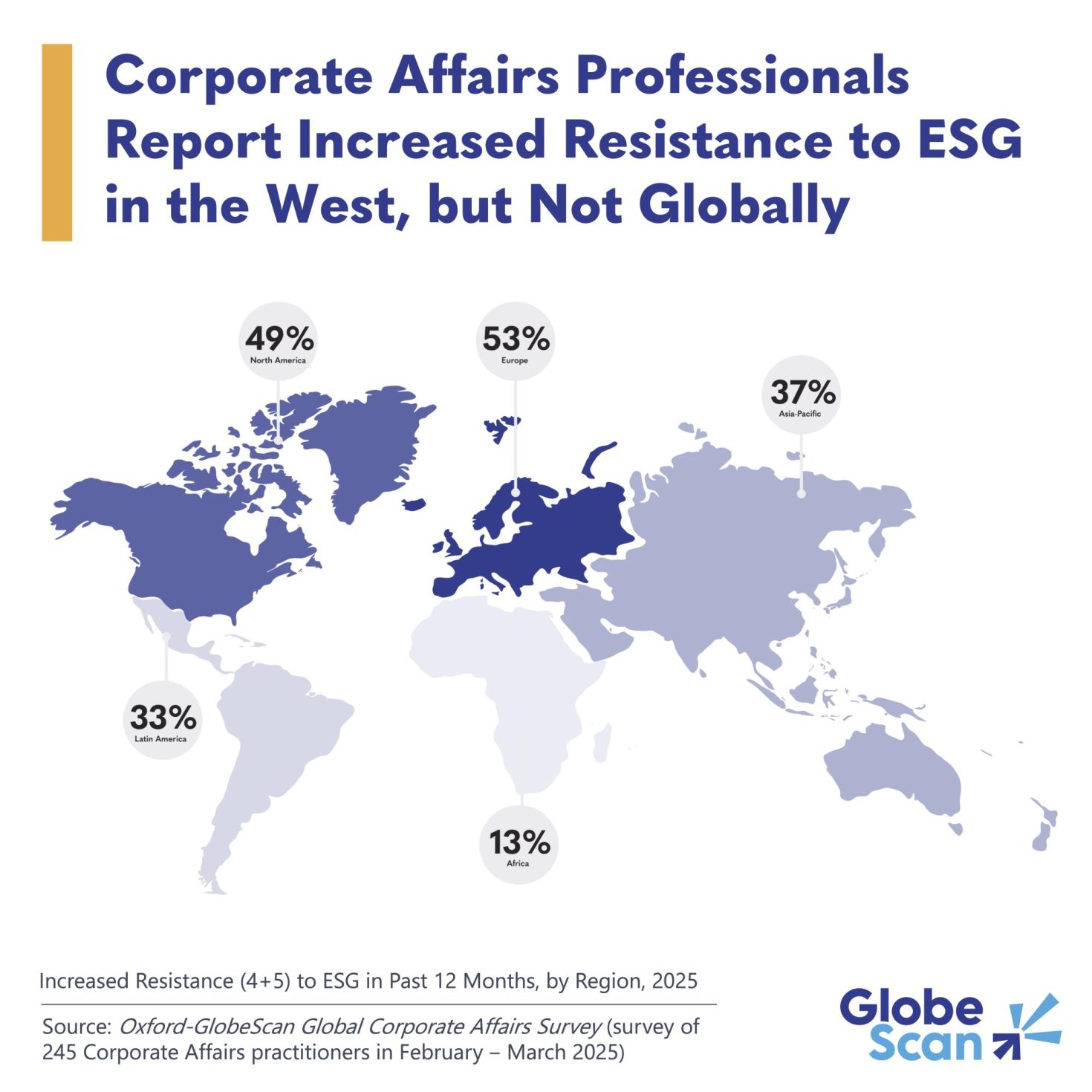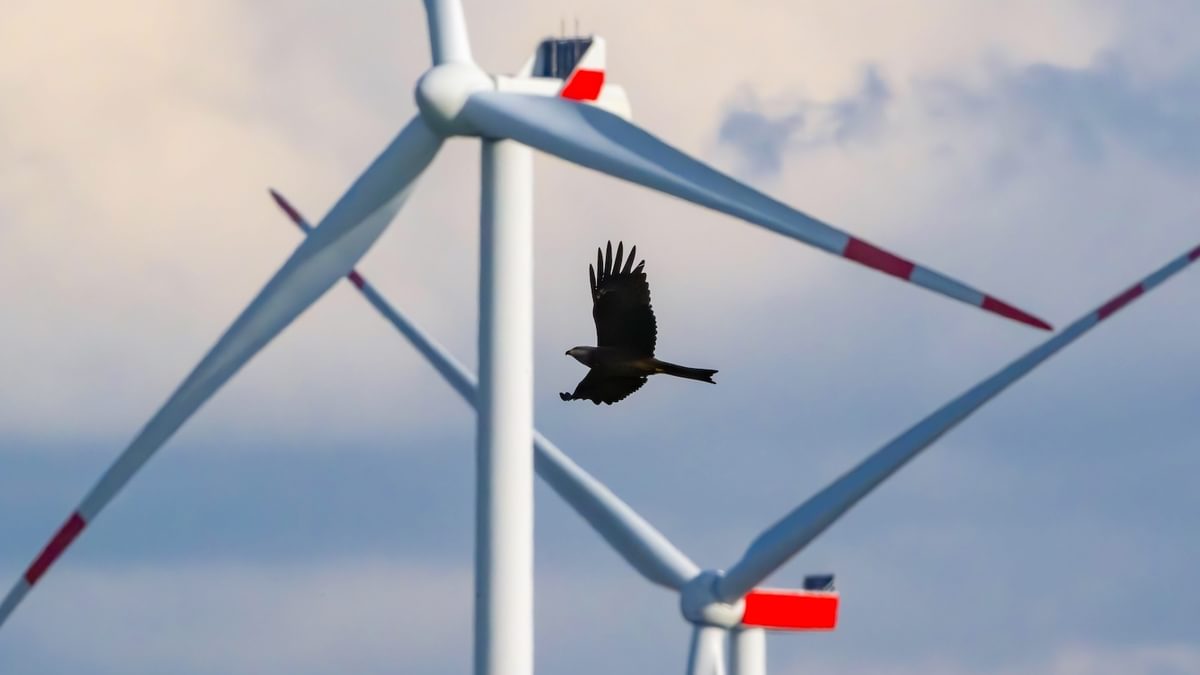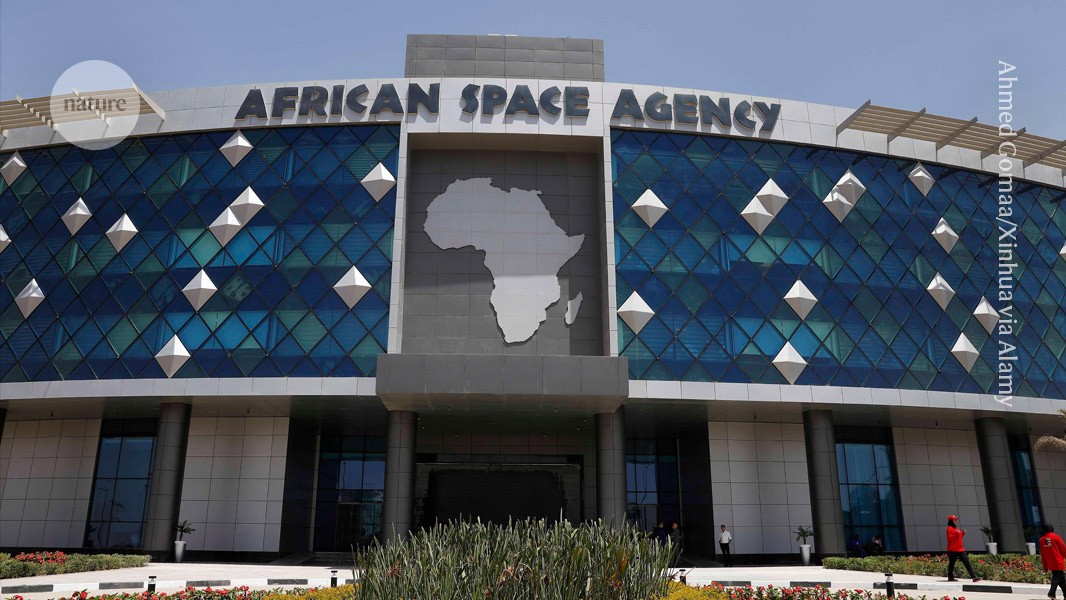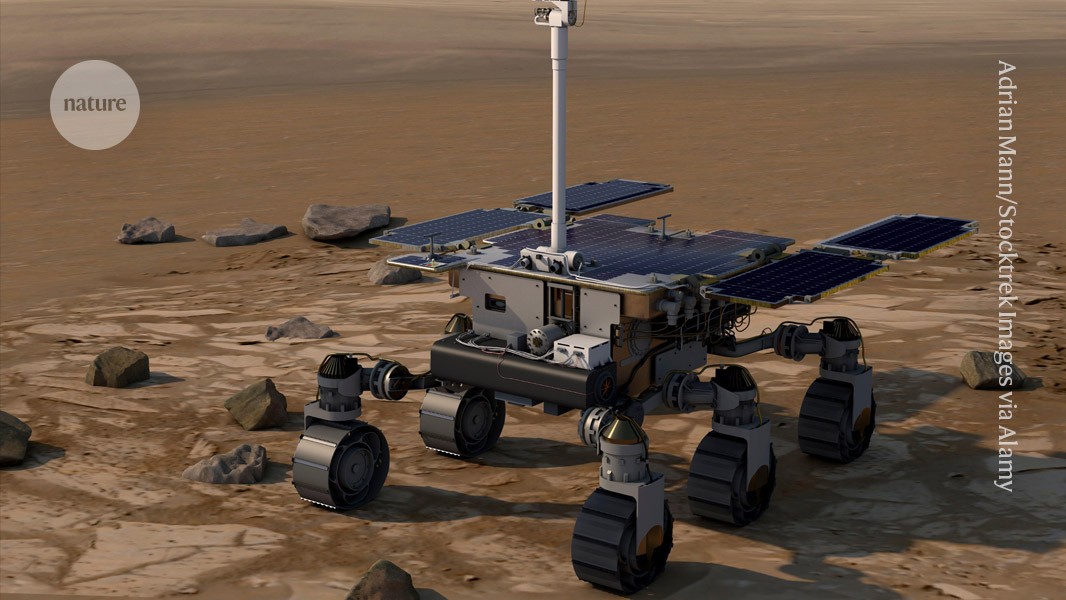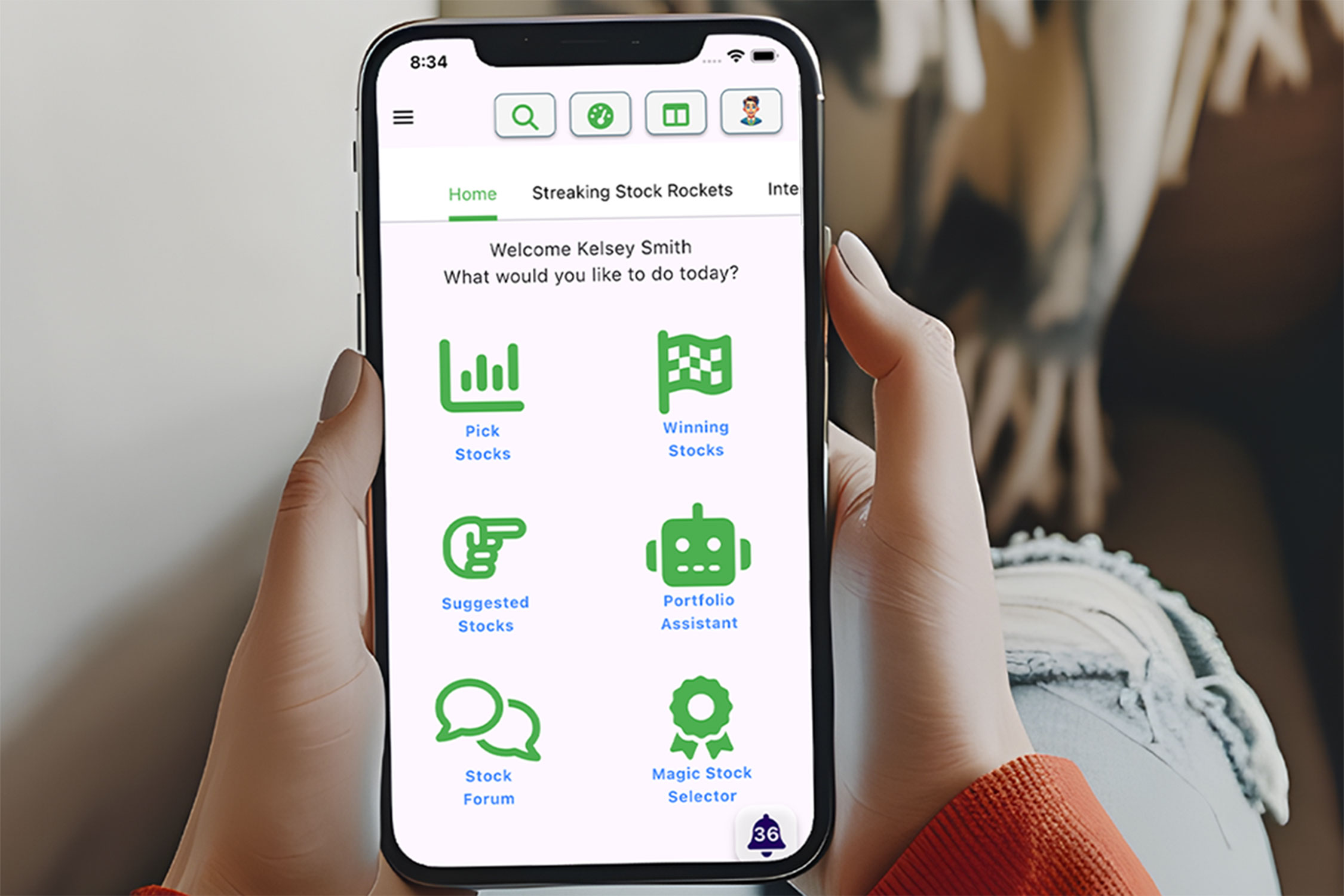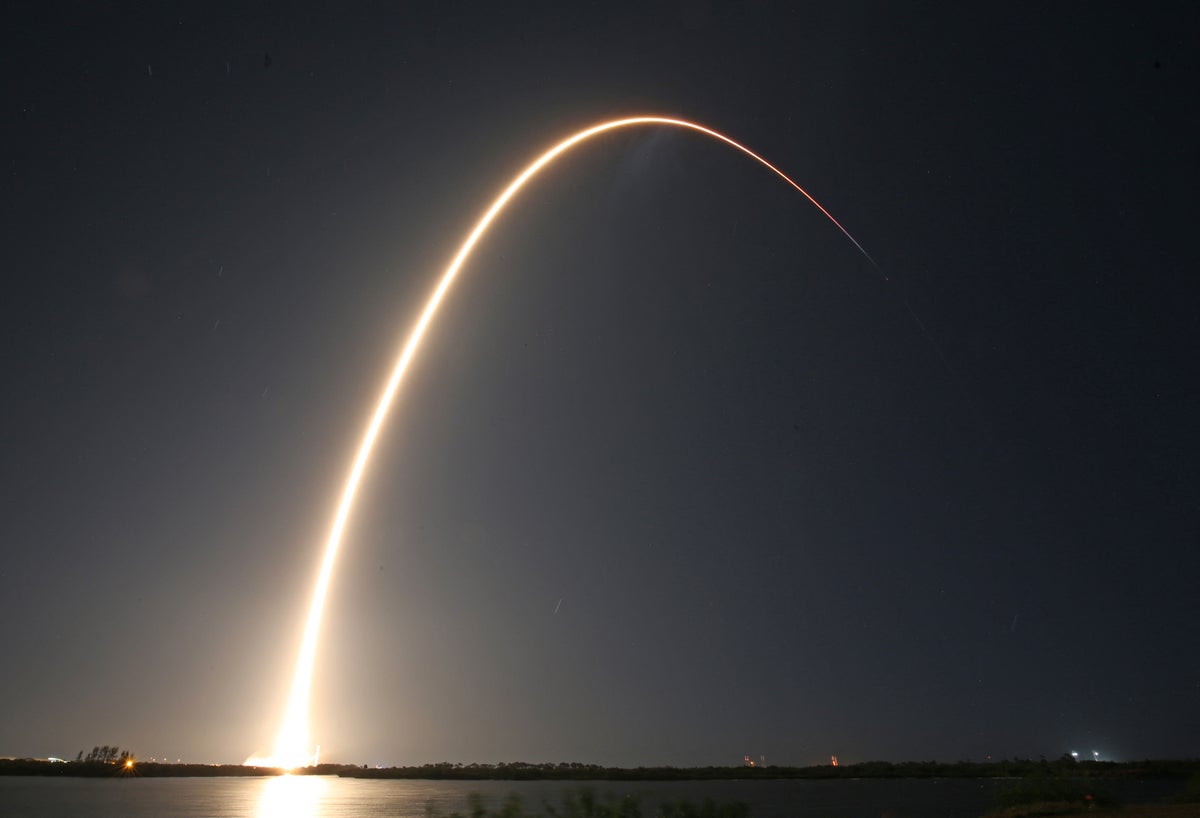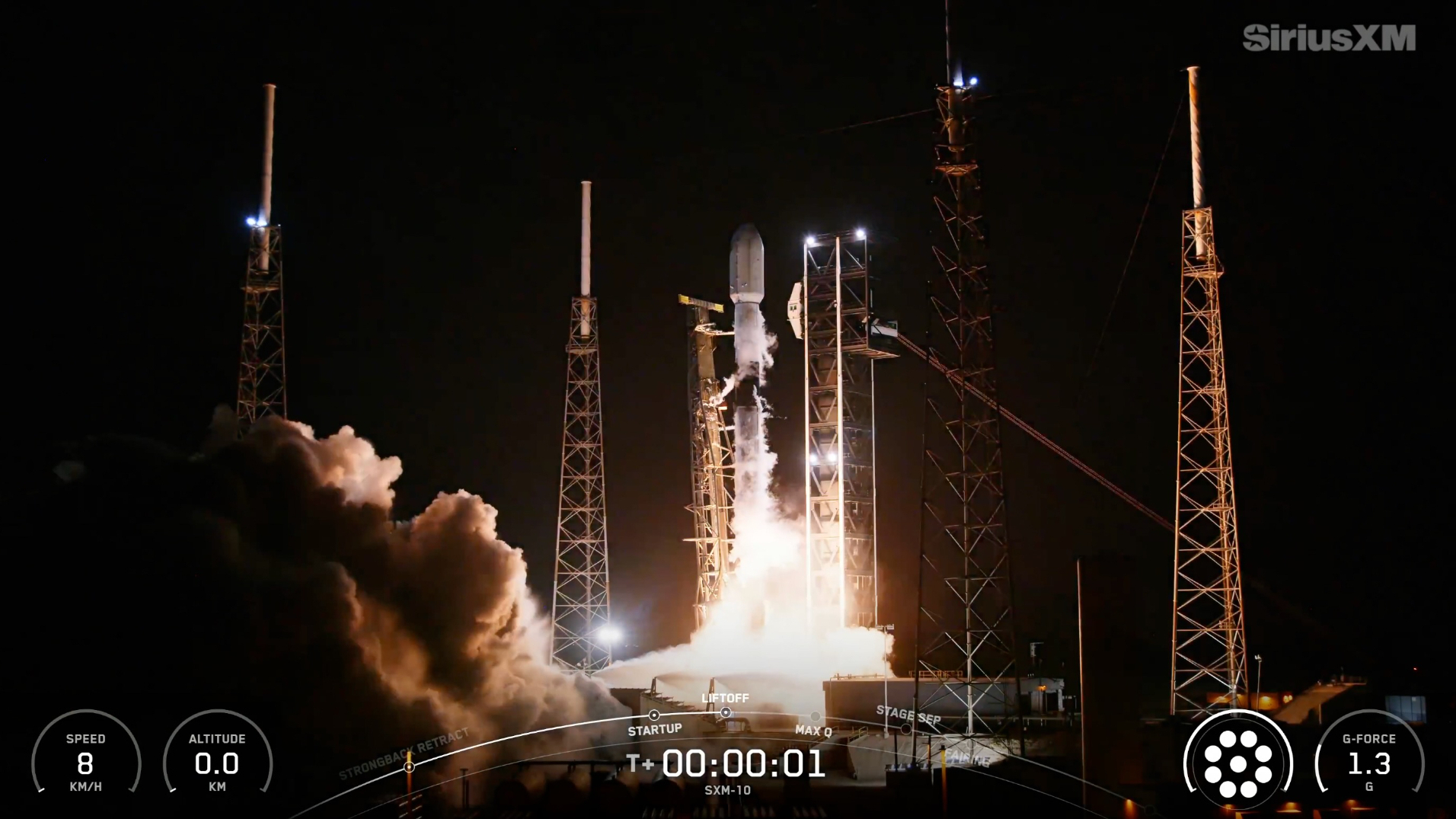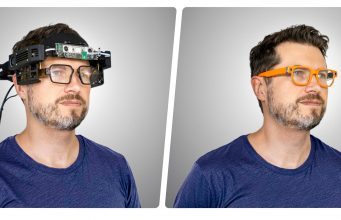Next Big Thing? Lecithin Market is on the Rise
Market Overview
The global laminated busbar market is experiencing a surge in growth as industries demand more efficient, compact, and reliable power distribution systems. Laminated busbars, also known as insulated busbars or multilayer busbars, are engineered components used to distribute electrical power in a range of high-performance equipment. Their key advantage lies in reducing inductance, improving system reliability, and enhancing electrical performance, particularly in high-current environments.
1. Surge in Renewable Energy Projects
The growing focus on clean and sustainable energy is a major catalyst for the laminated busbar market. Solar and wind power systems demand efficient DC and AC power distribution, and laminated busbars help achieve high-efficiency, low-profile designs in inverters and converters. As governments continue to invest in large-scale renewable energy infrastructure, the demand for advanced power distribution components is accelerating.
2. Growth of the Electric Vehicle (EV) Industry
With global EV adoption rising steadily, manufacturers are turning to laminated busbars for battery management systems (BMS) and powertrain electronics. These busbars offer excellent thermal performance, high reliability, and space-saving design—key features needed in electric mobility solutions. Automakers such as Tesla, BYD, and General Motors are incorporating these systems to enhance vehicle safety and performance.
3. Rise in Power Electronics Applications
Laminated busbars are crucial for modern power electronic devices such as UPS systems, inverters, and motor drives. Their ability to minimize stray inductance and support high-frequency switching makes them ideal for use in semiconductors like IGBTs and MOSFETs. As industries increasingly adopt digital control systems, the demand for such optimized power delivery solutions is climbing.
4. Miniaturization and Space Optimization in Electrical Systems
Industries today demand compact, modular, and space-efficient components without compromising on power capacity. Laminated busbars, with their compact form factor and improved reliability over traditional wiring, fit seamlessly into the design needs of high-density electrical systems across IT, healthcare, and industrial automation.
Market Challenges
1. High Initial Costs
Despite their advantages, laminated busbars come with a higher upfront cost compared to traditional wiring solutions. This can deter small and medium-sized enterprises from adopting them, especially in cost-sensitive markets. The high cost of raw materials such as copper and insulation materials further compounds the issue.
2. Limited Awareness in Emerging Markets
While laminated busbars are widely adopted in developed countries, awareness remains low in regions like Africa and parts of Southeast Asia. Lack of technical expertise and unfamiliarity with the product benefits are major barriers, slowing market penetration in these areas.
3. Design Complexity and Customization Requirements
Each laminated busbar must often be tailored to specific applications, which requires advanced engineering and prototyping capabilities. The customized nature of the product can increase lead times and complicate supply chain logistics, particularly when dealing with large-scale industrial applications.
4. Environmental Concerns and Disposal
Though laminated busbars enhance energy efficiency, their disposal raises environmental concerns. Insulation layers are often made of non-recyclable epoxy or polyester films, posing a challenge in end-of-life treatment. Growing regulations around electronic waste (e-waste) disposal may affect manufacturing practices and material choices.
Browse Full Insights:
https://www.polarismarketresearch.com/industry-analysis/laminated-busbar-market
Regional Analysis
North America
North America dominates the laminated busbar market, holding more than 35% market share in 2024. The U.S. is a hotbed for technological innovation in power electronics, renewable energy, and EV infrastructure, all of which contribute to growing demand. Federal initiatives like the Inflation Reduction Act and rising investment in grid modernization are fueling further growth.
Europe
Europe is another significant contributor to global demand, thanks to strong regulations promoting clean energy, vehicle electrification, and industrial efficiency. Countries like Germany, France, and the UK are actively deploying busbars in solar farms, EV charging stations, and automation systems. European manufacturers are also adopting sustainable materials and eco-design principles, aligning with the EU's Green Deal goals.
Asia-Pacific
Asia-Pacific is expected to be the fastest-growing regional market, driven by large-scale industrialization, rising investments in renewable energy, and government support for electric vehicle manufacturing. China, Japan, South Korea, and India are key markets, with domestic manufacturers expanding busbar production to cater to increasing local demand.
Latin America and Middle East & Africa
These regions represent emerging markets with untapped potential. While current adoption is limited, initiatives in energy access, infrastructure modernization, and industrial development are likely to propel growth in the coming years. Brazil and South Africa are making notable strides in adopting smart grid technologies and solar installations, both of which require efficient busbar solutions.
Key Companies in the Laminated Busbar Market
1. Mersen S.A.
Headquartered in France, Mersen is a global leader in electrical power and advanced materials. The company offers a wide range of custom laminated busbars for EVs, wind turbines, and industrial power systems. Mersen’s emphasis on R&D and international partnerships strengthens its global footprint.
2. Amphenol Corporation
Amphenol provides high-performance busbar solutions for aerospace, automotive, and energy markets. With strong capabilities in customization and advanced insulation technologies, Amphenol is at the forefront of the laminated busbar industry.
3. Sun.King Power Electronics Group Limited
Based in China, Sun.King focuses on power electronics components including laminated and flexible busbars. The company serves major clients in the renewable energy and rail transportation sectors and is a key player in the Asia-Pacific market.
4. Rogers Corporation
Rogers’ RO-LINX® laminated busbars are widely used in high-power applications such as industrial drives, renewable inverters, and military-grade electronics. Their innovation in dielectric materials gives them a competitive edge in thermal and electrical performance.
5. Siemens AG
Siemens is integrating laminated busbars in its industrial automation, renewable energy, and smart infrastructure solutions. By combining electrical engineering expertise with manufacturing capabilities, Siemens continues to expand its role in this niche market.
6. Storm Power Components
Specializing in custom busbar design, Storm Power Components offers both laminated and solid copper busbars for telecom, defense, and medical sectors. Their in-house fabrication and prototyping make them a preferred partner for OEMs.
7. EMS Industrial & Service Company
EMS manufactures a wide range of laminated busbars and insulated power distribution solutions. With a focus on quick-turn prototyping and high-mix, low-volume production, EMS serves a diverse industrial clientele in North America.
Emerging Trends
-
Flexible and 3D Laminated Busbars: To meet design challenges in compact enclosures, manufacturers are developing bendable and 3D-shaped busbars, especially for automotive and robotics applications.
-
Integration with Battery Packs: EV makers are moving toward integrating busbars directly into battery pack designs for better heat dissipation, weight reduction, and space savings.
-
Advanced Insulation Materials: Innovation in thermally conductive and flame-retardant insulation layers is improving the safety and durability of busbars under extreme operational conditions.
-
Digital Twins and Simulation Tools: Advanced simulation platforms are being used to design and test laminated busbars virtually, reducing development time and cost.
Conclusion
The laminated busbar market is poised for robust growth as industries across the globe demand higher power density, improved system reliability, and reduced electromagnetic interference. From electric mobility and renewables to high-performance computing and industrial automation, the applications for laminated busbars are rapidly expanding.
While challenges such as high initial costs and environmental concerns exist, ongoing innovations and growing global awareness are helping manufacturers overcome these hurdles. As demand for compact power distribution systems continues to rise, laminated busbars will play a pivotal role in shaping the next generation of energy-efficient technologies.
More Trending Latest Reports By Polaris Market Research:
Advanced Carbon Materials Market
Advanced Carbon Materials Market
Gas Separation Membrane Market
Constrained Layer Damping (CLD) Market - update
Turf Protection Market: A Necessity for Safeguarding Lawns From Wear and Tear
Garage Organization and Storage Market
Garage Organization and Storage Market
Zero-Touch Provisioning Market
How Search and Rescue Helicopter Market Help Relief Mission?
















